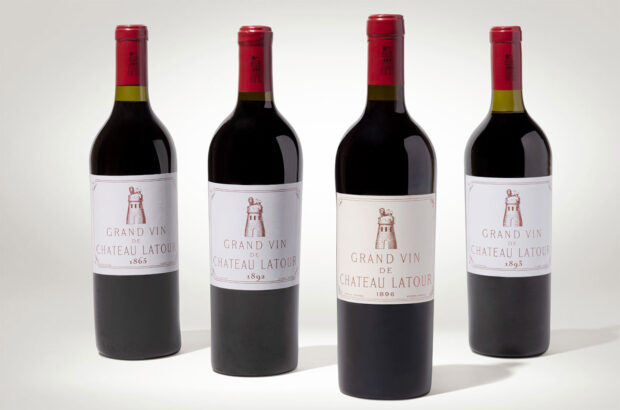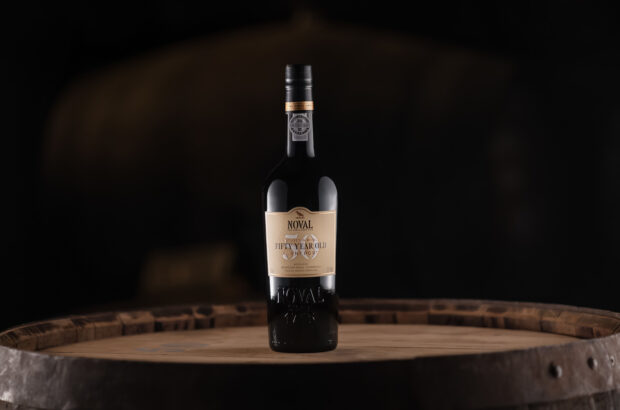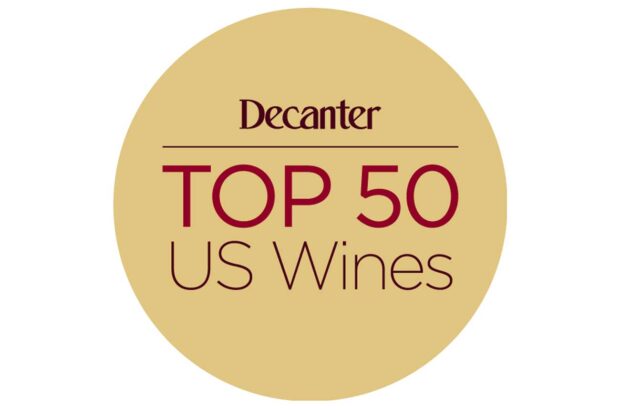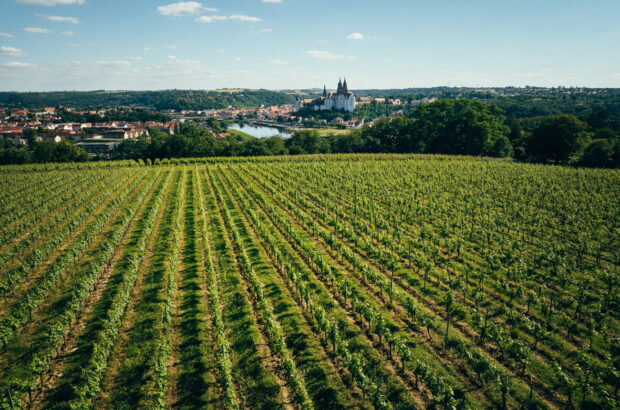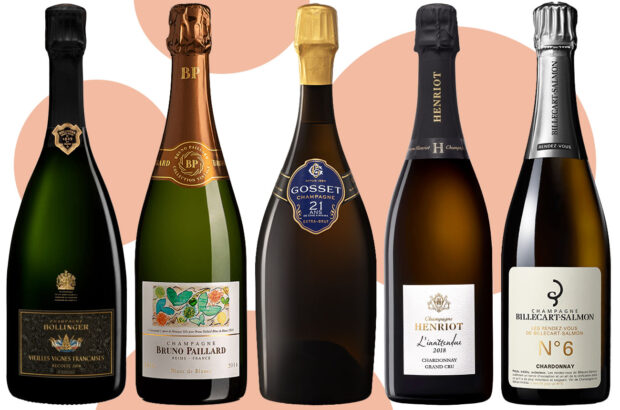- Alentejo offers Old World culture with a New World approach.
- Change is as much part of modern Portuguese wine as tradition and nowhere is this better seen than in Alentejo.
- Heredade do Mouchão represents Alentejo winemaking at its most traditional, with large, open lagares where grapes are received, hand crushed and delivered down chutes to be gently foot-trodden.
There are some countries where you can feel a deeper meaning lying hidden behind the facade of day-to-day reality. I first fell in love with Portugal as a student when I realised how closely history was interwoven into the texture of normal life. Little things, such as the fact that ‘Bombay’, in India, comes from Portuguese bom bahia, ‘good harbour’, and the way the country’s Romanesque churches bear Arabic stonemasons’ inscriptions, cast a different light on contemporary existence. Even wine seemed different, fuller in the mouth yet soft and delicate: something that I am now able to associate with different fruit and a special approach to tannic structures.
I have discovered that a little knowledge goes a long way in learning how to appreciate and enjoy Portuguese wines. History, of course, plays a role in how Portugal envisages wine. There is a cornucopia of grape varieties, many of them unique, with lovely names and exquisite aromas. There is also an approach to winemaking that stems from centuries of refined practice and a focused vision of wine as a complement to food.
History never stands still, though, and change is as much part of modern Portuguese wine as tradition. Nowhere is this better seen than in the eight wine producing regions known collectively as Alentejo. It was in April 1974 that, to the lovely song Grandola Vila Morena, the populace of Alentejo rose in revolt to overthrow the Caetano government. Since then, another revolution has taken place, this time spearheaded by Australian know-how.
Australian David Baverstock, of Heredade do Esporão, makes wines in Alentejo. His products are a good example of how much fun new-style Portuguese wines can be without sacrificing tradition. The Alentejo varieties he uses are similar to those in the Douro. ‘I find that varieties like Trincadeira and Aragonês (known as Tempranillo in Spain) attain full ripeness at 13.5–14? Baumé,’ he says. ‘We ferment wines for a week at 25?C and find they have lovely rich, soft tannins on the palate but may lack structure – so we use American oak. We all look for the same thing, whether in a Barossa Shiraz or an Alentejo Trincadeira: lots of fruit and “mouth fill”.’
‘Different flavour sensations, different fruit profiles and different tannin contributions to the way the palate structure lines up help Portuguese wines. With Shiraz you have to be careful not to overdo the fermentation, you even run off before dryness and back-blend to construct the wine. This is not the case in Alentejo. With the varieties and climate that we have we give the fermentation everything: a long maceration, add the pressings back. We still need a bit more tannin to get the results we would in Australia. Alentejo offers Old World culture with a New World approach. There has to be room for that,’ he enthuses.
Winemaking in Alentejo is not all plain sailing. Drought and late frosts are a plague. There are periods when vines pack up due to lack of moisture. To combat this Baverstock built a dam in November 1996: ‘We thought it would take two to three years to fill, but by December it was full!’
Covered with dancing dragon flies, it makes a lovely setting. Surrounded by Trincadeira, Aragonês, Cabernet Sauvignon (almost considered a local variety ), Alicante Bouschet, Periquita, Bastardo, Moreto and, in the future, some Syrah/Shiraz vineyards, this will make a splendid stopover when the new Wine Routes are opened. David’s Trincadeira 1995 is spicy and full of poke, his Aragonês 1995 is delicately couched in American oak, his Cabernet Sauvignon 1994 deep and excellently structured.
The firm of José Maria da Fonseca has become the second largest wine producer in Portugal since repurchasing Lancers in 1996. Periquita (the name means parakeet) is Fonseca’s leading red wine brand, and one of Portugal’s oldest. The wine is made from Castelão Francés and Espadeiro vines growing in the Periquita Valley, which is still home to wild parakeets.
Phylloxera hit the firm’s vineyards late last century and, basically, killed everything. Fonseca brought Castelão Francés (which everyone else now calls Periquita, though only Fonseca is allowed to use the name on the front of the bottle) from Ribatejo to repair the damage – now the variety dominates the vineyards. Fonseca’s Periquita 1995 is delightfully aromatic and surprisingly refined on the palate.
Fonseca’s adega (winery) is a mix of old-style architecture and modern technology. Among its 12 million litre capacity you will find oak and mahogany barrels in a great array of traditional shapes and sizes including barriles, barricas, pipas, meias pipas, cascos, toneles and toneladas. Seventy percent of the firm’s production comes from 500 hectares (ha) of its own vineyards. Another wine from Fonseca not to miss is José de Sousa 1995. Half fermented in clay pots and half in stainless steel, before passing into 30% new French oak, it is surprisingly bright on the nose and firm on the palate.
JP Vinhos hit stardom in 1992 when its 1988 Tinto da Anfora won a prestigious prize. If anything, today’s vintage, 1992, is more polished and attractive.
Near harvest time, their vineyards are monitored daily and 30 people descend on each the moment ripeness is declared. With 10,000 tons of Periquita coming in it is difficult to keep a tight control, they adapt to what arrives. For smaller vineyards, explains chief Vasco Avilez: ‘We have what we call commanders for each variety on our 200ha. These people know, deeply, each variety. Victor is captain of the Moscatel that we see from here, he also has Merlot; Maturino has Cabernet; Justino, the older captain, the captain of captains, Periquita in 105ha of sandy soil – a wonderful vineyard’. All told, they make 10 million litres of wine per year.
Adega Cooperativa de Redondo has 200 members, 5% of whom own 90% of the production, all from indigenous Portuguese varietals. An impressive new vinification centre was built last year with 60% EU grants. 1996 was great for volume, with 14 million kilos of grapes crushed. 1997 was more difficult, characterised by an early start and rapid maturation. With the newly installed technology, though, lively, warm summer fruit has been joyously preserved in Real Lavrador and Porta da Ravessa 1997.
Cooperativa Agrícola de Reguengos de Monsaraz was established in 1971 and has been increasing production steadily ever since. In 1996 they crushed nearly 20.5 million kilos of grapes and the co-op’s oenologist, Mario Andrade, is building up quite a reputation. While the younger Terras d’el Rei 1996 shows plenty of fruity liveliness, it is in the older wines that an abiding impression is left. Reguengos DOC 1994 is delightful, with a nose reminiscent of Cabernet Franc and a palate that begins with sweet, glyceric fruit cocooned by soft tannins and a nice, balanced structure. At £4.29 you might have to go along way to improve on this.
Reguengos VQPRD 1993 Garrafeira dos Sócios and Reguengos VQPRD 1992 Reserva do just that. The Garrafeira has a spectacular nose of wedded Trincadeira, Aragonês, Periquita and subtle wood, leading to a palate brimming over with ripe fruit and a splendid depth, with nuances of chocolate. At £6.99, the similarly fascinating Reserva is a bargain.
When the revolution struck, the Reynolds and Richardson families, ancestral owners of Heredade do Mouchão, were forced off their land in an unpleasant confrontation. The estate has now been restored to them, and compensation has helped to heal the hurt. Mouchão is a very special place. Licensed to grow 32ha of vines, they have 22ha planted, mainly with Alicante Bouschet from their own pioneering cuttings. They also grow small quantities of Aragonês, Trincadeira, Periquita and Moreto. The adega today is pretty much as it has always been, despite some damage. Mouchão represents Alentejo winemaking at its most traditional, with large, open lagares where grapes are received, hand crushed and delivered down chutes to be gently foot-trodden.
Iain Richardson explains: ‘We will keep this winery as it is, hopefully forever, for our top wine, Mouchão. Within the next two years, however, we will build a new winery pretty much identical on the outside but inside it will be state-of-the-art.’
The new winery will be for making Mouchão’s second wine, Dom Rafael. Mouchão itself will retain its almost antediluvian traditions, including a percentage of raisin grapes where the stalks have lignified (avoiding green stalkiness, promoting smoothness and helping drain the lagares). To date, progress has been slow. ‘We’ve had two years of frosts, 1994 and 1995, when we lost the entire production. It was the first frost in 40 years, and was followed by another. In 1993 we lost 50% due to drought. So, in January 1996 we installed anti-frost irrigation systems.’
Mouchão wines are phenomenal. The 1979 Mouchão, made of 70–80% Alicante Bouschet plus Trincadeira and Aragonês, delivers a remarkably vivid, deeply perfumed nose and loads of luscious red-berried fruit protected by a soft but structurally solid balance of acidity and tannins that lingers on and on and on.
The 1985 and 1990 are densely packed, full of very young prunes, plums and concentrated cherries that are biding their time to ripen. The youthfully tight 1996, made of 50% Alicante Bouschet, 50% Aragonês and aged in newish oak passed on from Château Lafite, will probably be destined towards Dom Rafael.
Production at Mouchão is tiny. ‘We can’t satisfy orders,’ sighs Iain. As for exports: ‘Wine merchants in London get 60 cases a year. By 2002–03 we may reach 350,000 litres.’ I, for one, will be waiting.





